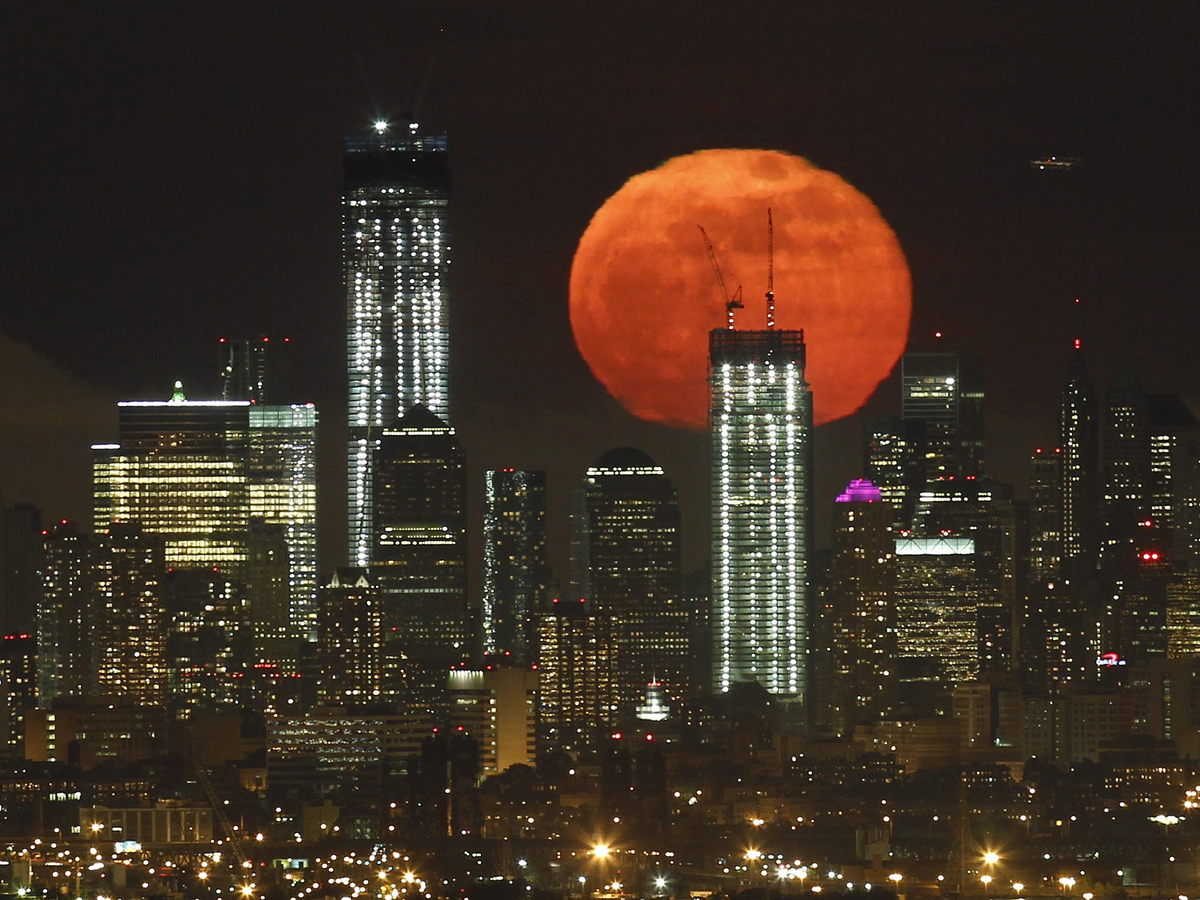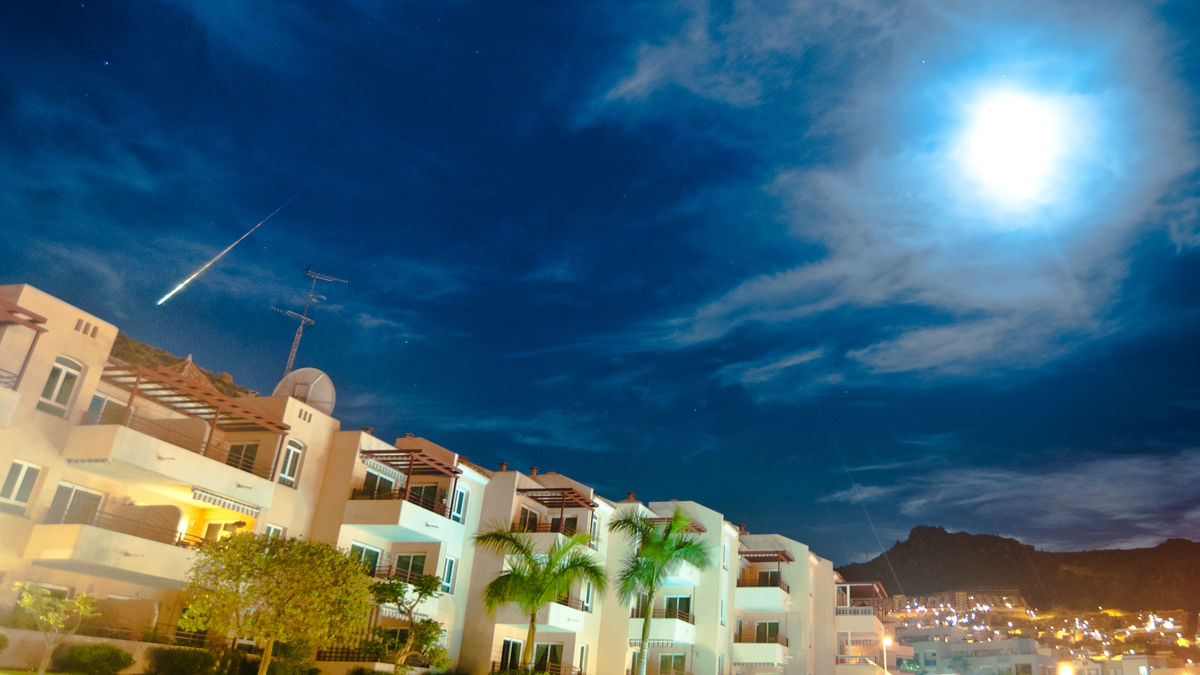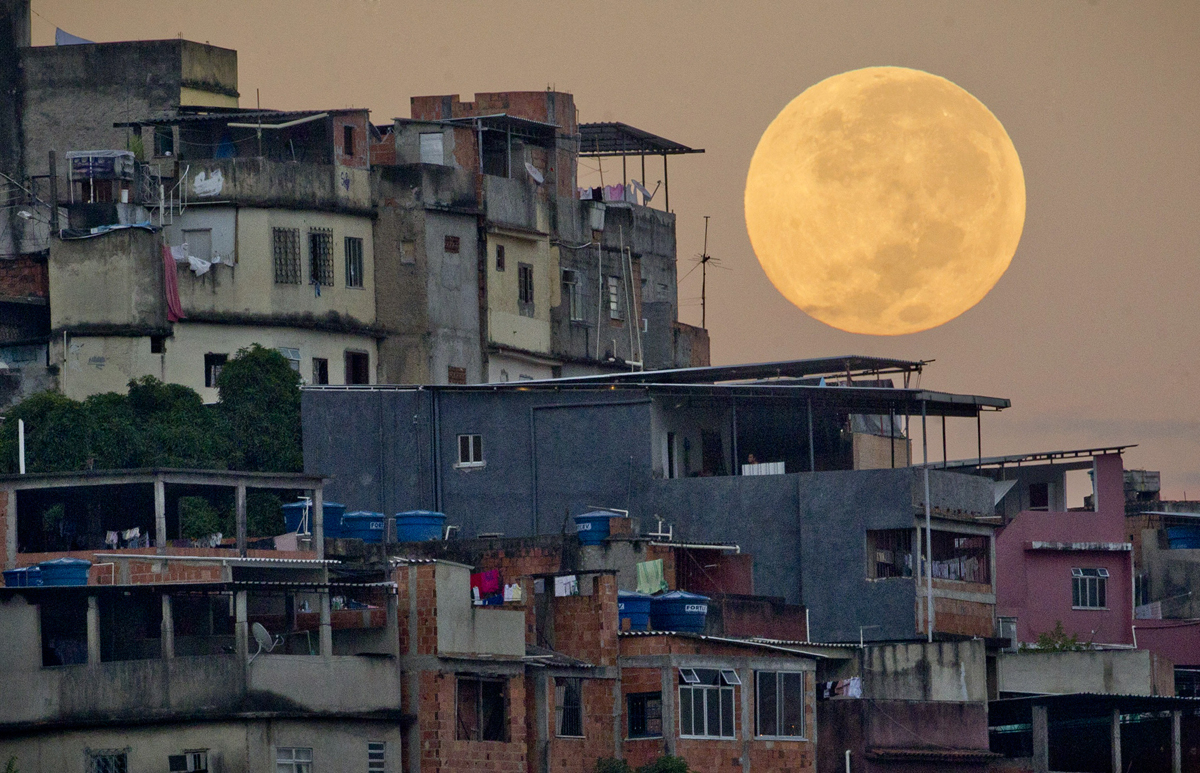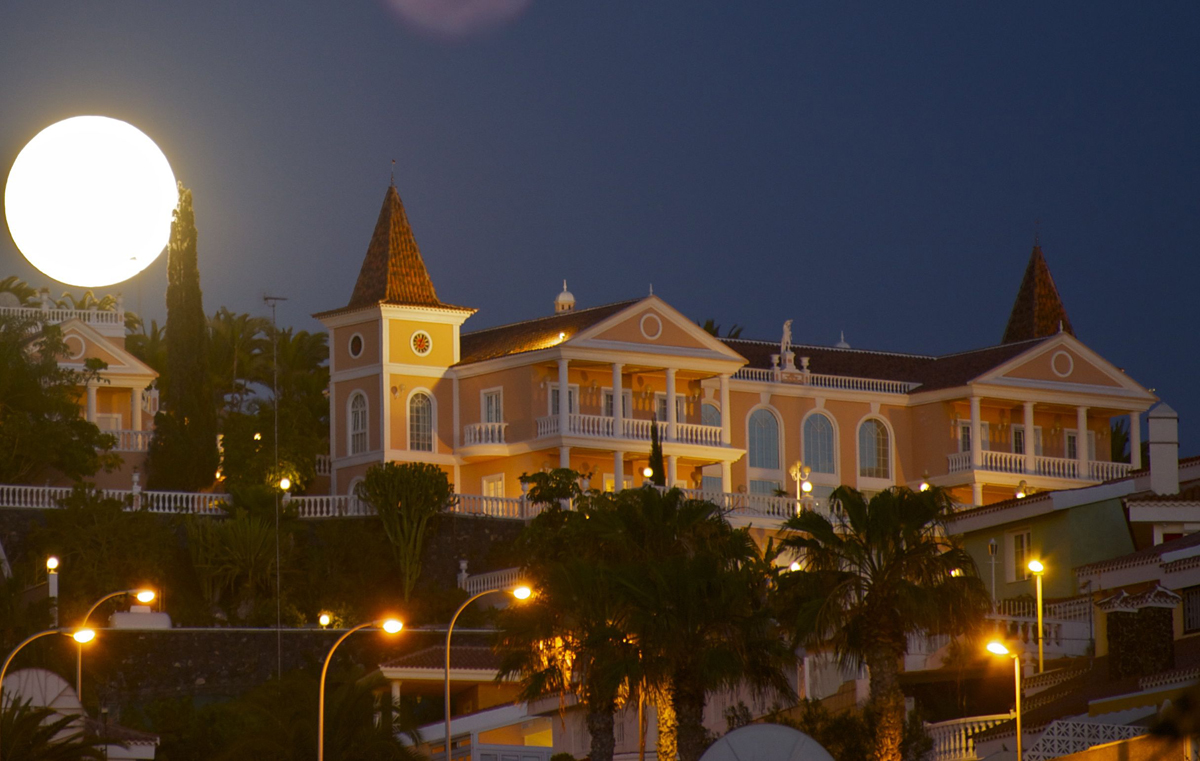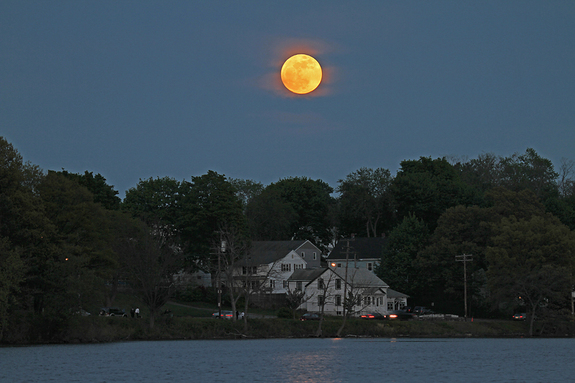Supermoon Secrets: 7 Surprising Big Moon Facts
It's a bird! It's a plane! No... It's the supermoon!
About once a year, when the moon is at its most full and closest position relative to the Earth, it becomes the supermoon. Supermoons have been blamed for everything from madness to flooding, but is it fair to find fault with Earth's closest cosmic neighbor?
Here are seven strange facts you may not have known about the supermoon.
FIRST STOP: Earth Destroyer? Not at All
A Supermoon Won't Destroy Earth
Despite the claims of some people around the world, the supermoon will not destroy the Earth.
The supermoon happens when the moon is at perigee — the point in its orbit that brings it closest to Earth — and in its fullest phase. [Amazing Supermoon Photos of 2012]
The supermoon a normal occurrence since the moon is on an elliptical orbit, and will not make Earth's orbit go out of whack, NASA even says so.
Breaking space news, the latest updates on rocket launches, skywatching events and more!
NEXT: Don't Fear Insanity…
It Won't Make You Crazy
Have no fear: The supermoon will not turn you into a lunatic.
Studies have shown that a full moon of any kind does not affect human behaviors. Full moons and supermoons do not cause more mental hospital admissions, psychiatric disturbances, homicide or other crime.
NEXT: Supermoon Size Varies ...
Not All Supermoons Are The Same
The perigee between the Earth and the moon can vary by as much as the diameter of the Earth during any given month. Although that might seem like a large number, on average, the moon is about 30 Earth diameters away from the planet. [Supermoon Science Explained (Infographic)]
The sun's gravity is actually responsible for pulling the Earth and moon into a closer alignment, causing the orbital variation.
NEXT: Bigger in The Winter…
Winter Supermoons Are Supersized
Does the moon look larger in the winter? It should. The Earth is closest to the sun in December each year, meaning that the star's gravity pulls the moon closer toward the planet. Because of this effect the largest supermoons happen in the winter.
NEXT: Changing Tides ...
Supermoons Change the Tides ... But Not Much
A supermoon might be able to change the tides slightly, but it certainly won't cause natural disasters, experts have said. The full phase of the moon causes higher tides, but adding a supermoon on top of it doesn't create any significant difference.
Scientists count themselves lucky if they're able to see any difference in tide level at all. Usually, the supermoon causes the tide to change by less than an inch, if at all.
NEXT: Runaway Moon
Supermoons Will Get Smaller
Get your supermoon fix while you can; the moon is moving on to greener pastures. Supermoons will get smaller in the distant future because the moon is slowly propelling itself out of Earth's orbit, moving 3.8 centimeters farther from Earth each year.
Scientists suspect that at formation, the moon started out about 14,000 miles (22,530 kilometers) from the planet, but now, it's about about 238,900 miles (384,402 kilometers) away.[How Far Is the Moon?]
NEXT: See the Next One…
Supermoons Occur Each Year
A supermoon happens about once a year and are viewable from both the Northern and Southern hemispheres. Keep an eye to the sky and lookout for the next one heading toward Earth
Editor's note: If you snap an amazing photo of a supermoon and you'd like to share it for a possible story or image gallery on SPACE.com, please send images and comments, including equipment used, to spacephotos@space.com.

Miriam Kramer joined Space.com as a Staff Writer in December 2012. Since then, she has floated in weightlessness on a zero-gravity flight, felt the pull of 4-Gs in a trainer aircraft and watched rockets soar into space from Florida and Virginia. She also served as Space.com's lead space entertainment reporter, and enjoys all aspects of space news, astronomy and commercial spaceflight. Miriam has also presented space stories during live interviews with Fox News and other TV and radio outlets. She originally hails from Knoxville, Tennessee where she and her family would take trips to dark spots on the outskirts of town to watch meteor showers every year. She loves to travel and one day hopes to see the northern lights in person. Miriam is currently a space reporter with Axios, writing the Axios Space newsletter. You can follow Miriam on Twitter.
